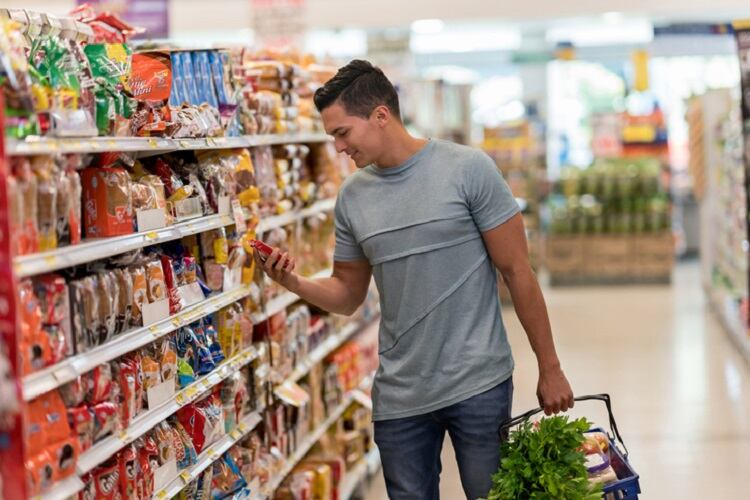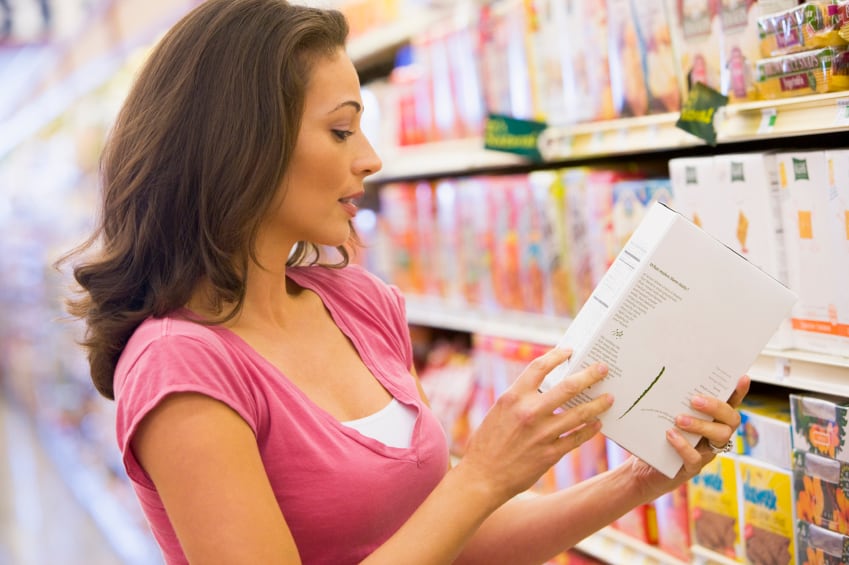The European Consumer Organisation (BEUC), which counts consumer watchdogs from 32 different countries among its members, has addressed Europe’s future leaders ahead of parliament elections later this month.
While the organisation predicts migration policy and EU border security to feature heavily in campaigns ahead of the vote, it urges policymakers to address consumer concerns – including those regarding the food they eat.
As such, the BEUC has outlined five focus areas it wants MEP candidates to address in their campaigns, including a call for food labels to ‘make the healthy option the easy option’.
“The European Parliament elections of 2019 could be a watershed for the European Union,” writes the BEUC in its report. “They will define the future directions of the EU.”
"The European Consumer Organisation is calling on all political parties participating in the European Parliament elections to make consumer issues one of their top campaign themes.” – BEUC
Weight problems and obesity are increasing at a rapid rate in most EU Member States. Latest estimates predict 51.5% of the EU adult population is overweight.
Obesity significantly increases the risk of chronic diseases such as cardiovascular disease, type-2 diabetes, hypertension, coronary heart diseases and certain cancers. “For society as a whole, it has substantial direct and indirect costs that put a considerable strain on healthcare and social resources,” according to the Commission.
BEUC's five priorities for MEP candidates
- Artificial intelligence must serve, not harm consumers
- Consumer products should last longer
- Food labels should make the healthy option the easy option
- Medicines should be accessible and affordable
- Consumers should not be exposed to harmful chemicals
In an effort to improve overall consumer health and reduce obesity rates, the BEUC has urged the future parliament to help shoppers make quick, but intelligent choices in the supermarket.
“In today’s busy world, consumers make their purchase decisions in a matter of seconds; therefore food labels must make the healthy option the easy option.”
For the BEUC, implementing an EU-wide mandatory front-of-pack nutritional labelling scheme with colour coding is the answer.
“Consumers [would] no longer be] misled by food and drinks which claim health benefits while they are high in fat, sugar and/or salt.”
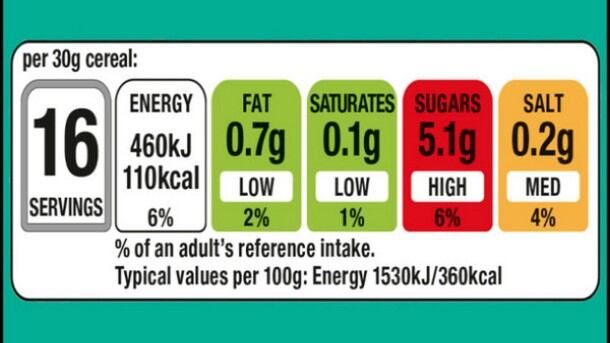
A colourful background
In the EU, food and drink companies are required to display a nutritional declaration on food and non-alcoholic beverages. Such information is generally presented back-of-pack.
However, according to the BEUC, many consumers have a hard time making sense of these numbers. “They lack an interpretative element, such as colour-coding, to help them figure out the nutritional value of a product.
“Sadly, EU food labelling rules do not currently mandate any simplified way of conveying the nutritional information to consumers.”
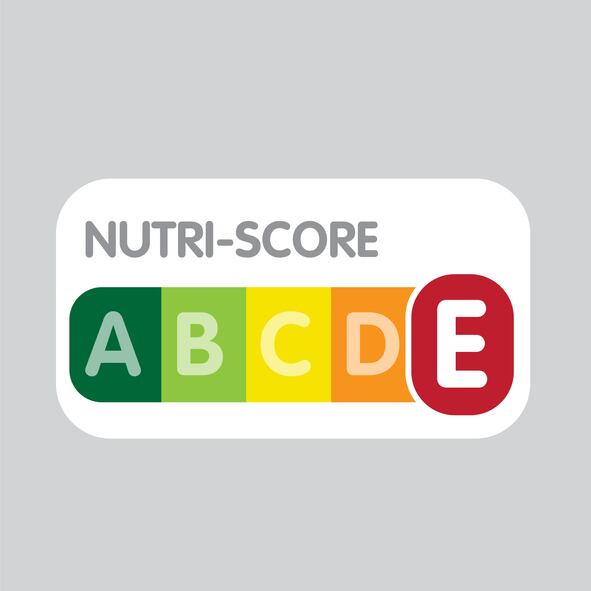
Without an EU-wide mandatory front-of-pack option, certain Member States, food companies and private companies have developed their own nutritional labelling schemes.
In the UK, the Food Standards Agency runs a voluntary traffic lights labelling scheme that labels four nutrients (sugars, fat, saturated fatty acids and salt) and assigns a colour (red, green and amber) depending on levels in the product.
Several Member States, including Spain, Belgium and France, have adopted the voluntary Nutri-Score labelling system. Nutriscore ranks foods from -15 for the ‘healthiest’ products to +40 for those that are ‘less healthy’. On the basis of this score, the product receives a letter with a corresponding colour code: from dark green (A) to dark red (F).
German food industry association the Federation of Food Law and Science (BLL) has also launched a front-of-pack nutritional value labelling model. The label claims to display a visual representation of the nutrients and calories in packaged and processed foods.
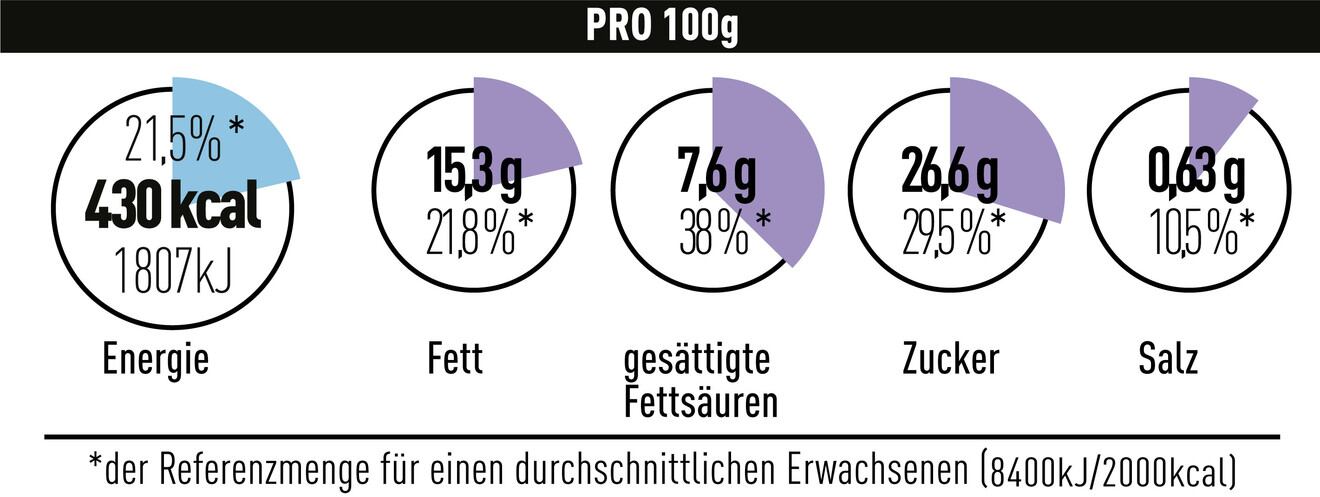
The reference levels, which have been standardised throughout Europe with the Food Information Regulation, refer to the amount of nutrients an adult should eat on average per day.


